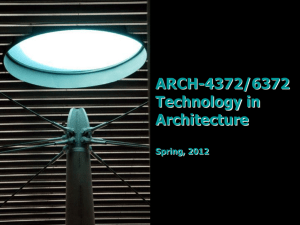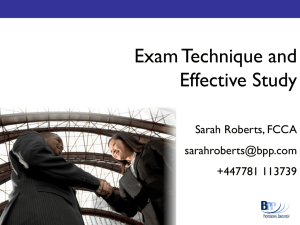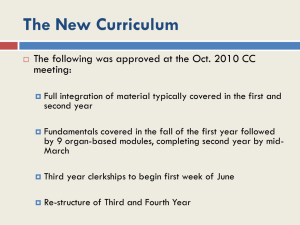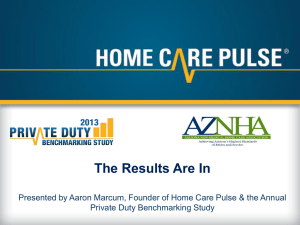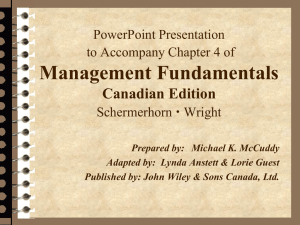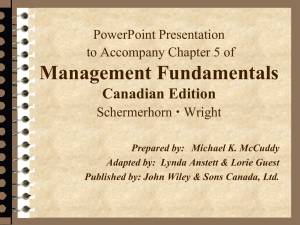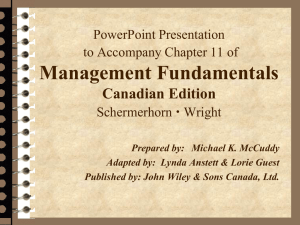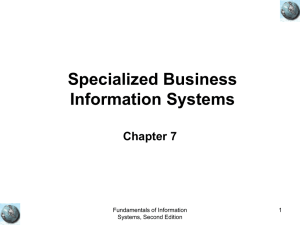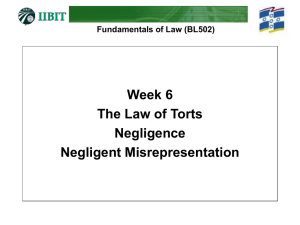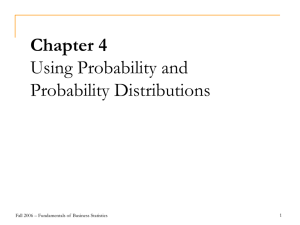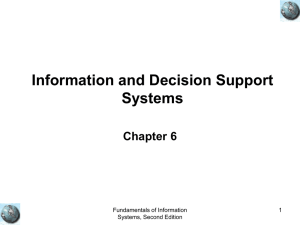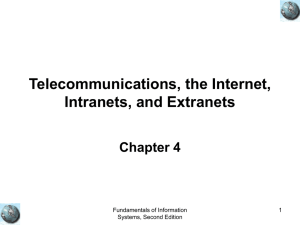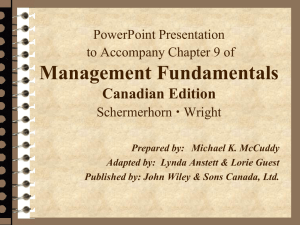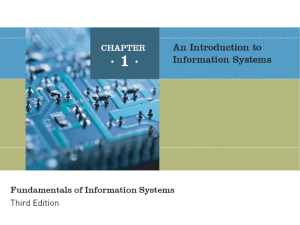Course Introduction - College of Architecture + Planning
advertisement
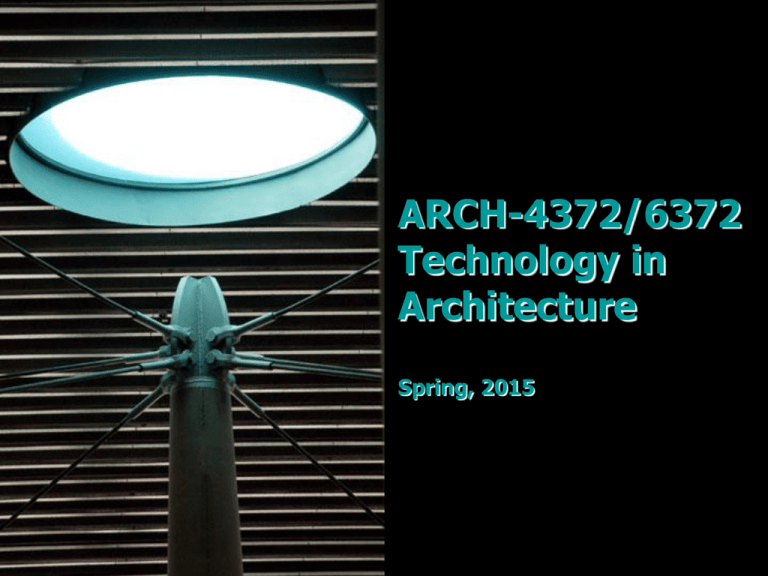
ARCH-4372/6372 Technology in Architecture Spring, 2015 Professor Robert A. Young, PE Office Hours: M + T 10:30-11:30 AM or by appointment E-mail: young@arch.utah.edu Phone: (801) 581-3909 Web Site: http://www.arch.utah.edu/young TA: Joseph Briggs (GRAD 1) Textbooks & Other Readings Stein, B. and John Reynolds, Walter Grondzik, Alison Zwok., Mechanical and Electrical Equipment for Buildings, 11th Ed., New York: John Wiley & Sons, 2010. Website (http://www.arch.utah.edu/young) Coursepack Supplemental Reading materials Powerpoint Lectures Project Information Objectives The objectives of this course are to teach the student to understand: thermal and lighting performance in architecture methods for selecting thermal and electric lighting systems fundamentals of economic analysis for selection of energy systems implications of energy codes on building design fundamentals of life-cycle cost analysis building systems fundamentals of energy modeling fundamentals of vertical transportation basic electrical systems employed in buildings fundamentals of electric lighting systems fundamentals of electrical systems fundamentals of fire protection systems fundamentals of plumbing systems fundamentals of architectural acoustics NAAB Student Performance Criteria This course and its prior fall semester complement, ARCH4350/6350, in part or in its entirety is intended to satisfy the following NAAB Student Performance Criteria: B.6 Environmental Systems: Understanding the principles of environmental systems’ design, which must include active and passive heating and cooling, indoor air quality, solar orientation, daylighting and artificial illumination, and acoustics; and an understanding of performance assessment tools. B.9 Building Service Systems: Understanding of the basic principles and appropriate application and performance of building service systems such as plumbing, electrical, vertical transportation, security, and fire protection systems. Course Objectives Lighting system fundamentals Heat loss/gain HVAC system fundamentals Vertical transportation fundamentals Plumbing system fundamentals Electrical systems fundamentals Architectural acoustics Projects Electric Light Fixture Technology in Architecture Integrated Studio Project Late Policy Late work will be penalized one full letter grade for any part of the first calendar day and one full letter grade each day thereafter. For example, an “A” will become a “B” etc. All previously unsubmitted late work must be turned in by 5:00 PM on the last day of the classes to receive course completion credit. Examinations Exams will be given during class time in the design studio. Children, pets, and guests are not allowed in studio during the exam. Unless otherwise announced, exams will be multiple choice/true-false questions. Examinations Exams will be open book and open notes and will cover all lecture, reading, and recitation materials. Bring a calculator, a #2 or HB pencil, and any assigned reading materials. Examinations Arrangements for students with learning difficulties should be made prior to the examination. Makeup exams will only be given for medical or legal related reasons. Examinations Students arriving late will be penalized for their tardiness. Results will be posted a minimum of 24 hours after all students have taken the exam. Grading A AB+ B BC+ 93% 90% 87% 83% 80% 77% C CD+ D DE: 73% 70% 67% 63% 60% <60% Class Leadership & Participation Student interaction is imperative Questions are strongly encouraged Interaction is an important part of my teaching philosophy Questions and the resultant discussions bring richness and vitality to the course Come to class… ask questions… Grading Leadership & Participation Electric Lighting Fixture Project Technology in Architecture Project Integrated Studio Project Exams (2@150 pts. each) Total 150 100 100 100 300 750 points points points points points points Question(s) of the Day What is your experience in lighting, HVAC, utilities, and architectural acoustics? What would you like to learn about in this course? Turn in at the end of class today ARCH-4372/6372 Technology in Architecture Overview Architect Landscape Architect Interior Designer Facility Manager Contractor OWNER Mechanical Engineer Utility Companies Architectural Facilitator Regulatory Agencies Construction Manager Electrical Engineer Structural Engineer Civil Engineer Technology Integration Thermal Acoustical Luminous Sustainability Building Systems Structural Thermal Microclimate - Those you find - Those you create Passive Solar - Sun Control - Daylighting Interface Thermal Mechanical Rooms Fan Rooms Vertical Chases Acoustical Planning & Layout Acoustical Phenomena Transmission Reverberation Luminous Visual Comfort Daylighting Electric Lighting Sustainability Architectural Form as an Environmental Control Context – Microclimate enhancements Architectonics – Passive Solar and Daylighting Adaptive Reuse – Recycled buildings Recall the topics that were covered in the environmental controls class… Stewardship of the Built Environment Microclimate Analysis Vernacular Precedent Passive Thermal Design Daylighting Visual Comfort How to illustrate systems integration: Site Plan…exterior microclimate issues Sections…sun/daylight control, natural ventilation paths, HVAC mains, structural systems Elevations…sun/daylight control, natural ventilation Floor Plans…interior microclimate features, mechanical rooms, fan rooms, duct chases, electrical closets, plumbing chases, riser diagrams Model…daylighting and passive solar control Renderings…specific important details of technology integration Environmental Controls Environmental Controls
